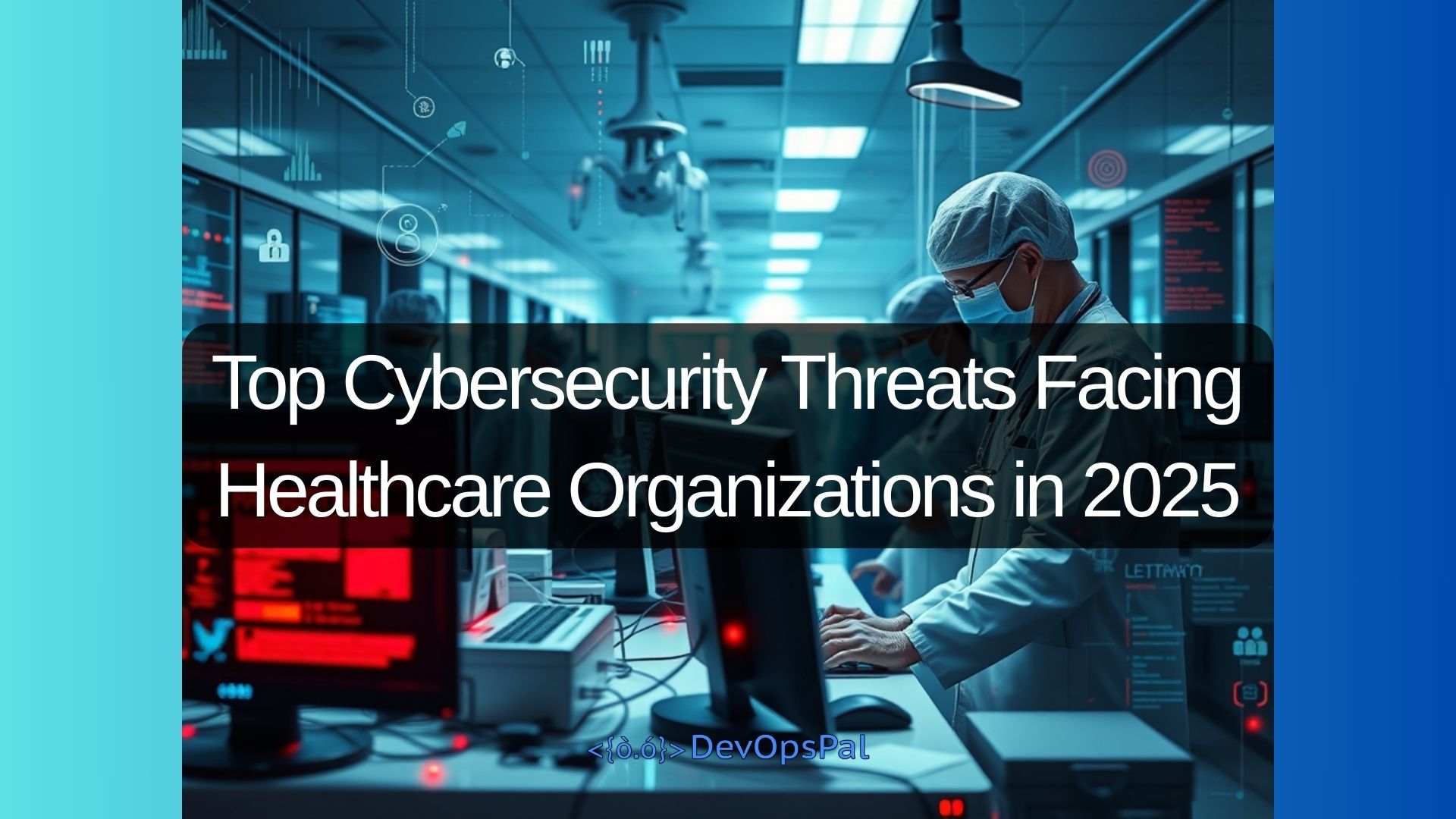The healthcare sector stands at a critical cybersecurity crossroads in 2025. With digital transformation accelerating and cyber threats evolving, protecting patient data and medical systems has never been more challenging. Let’s explore the most pressing cybersecurity threats facing healthcare organizations this year.
1. AI-Enhanced Social Engineering Attacks
Artificial Intelligence has transformed the threat landscape. Attackers now use advanced AI tools to create highly convincing phishing emails and social engineering attacks that target healthcare staff. These sophisticated attacks can mimic legitimate communications from colleagues or vendors, making them particularly dangerous for busy medical professionals.
2. Ransomware Evolution
Ransomware remains a critical threat, with attacks becoming more targeted and sophisticated. Healthcare organizations face a double threat: not only is their data encrypted, but attackers often threaten to leak sensitive patient information unless demands are met. The average cost of a ransomware attack in healthcare now exceeds $4.7 million per incident.
3. Cloud Security Vulnerabilities
As healthcare organizations continue their digital transformation, cloud security has become integral to operations. Key vulnerabilities include:
- Misconfigured cloud storage containing patient records
- Unsecured APIs connecting various healthcare systems
- Inadequate access controls for remote healthcare workers
4. Medical Device Security Gaps
Connected medical devices present unique security challenges. Many legacy devices weren’t designed with modern security features, making them vulnerable to attacks that could compromise both patient data and safety.
5. Supply Chain Attacks
Healthcare organizations increasingly rely on third-party vendors and software, creating potential security weak points. Attackers target these relationships to gain access to multiple healthcare networks through a single compromise.
6. Data Privacy Compliance Challenges
With stricter regulations and growing privacy concerns, healthcare organizations must balance security measures with compliance requirements. HIPAA violations and data breaches can result in significant fines and reputation damage.
Protecting Your Healthcare Organization
To address these threats, consider implementing these essential security measures:
- Regular Staff Training
- Implement comprehensive cybersecurity awareness programs
- Focus on recognizing AI-enhanced phishing attempts
- Create clear incident response procedures
- Technical Controls
- Deploy advanced threat detection systems
- Implement zero-trust security architecture
- Regularly update and patch all systems and devices
- Risk Assessment
- Conduct regular security audits
- Evaluate third-party vendor security
- Test incident response plans
The Road Ahead
Healthcare organizations must stay vigilant as cyber threats continue to evolve. Investing in robust cybersecurity measures isn’t just about protecting data—it’s about maintaining patient trust and ensuring continuous care delivery.
Disclaimer
The information provided in this blog post is for general informational purposes only and does not constitute professional advice. While every effort has been made to ensure the accuracy and reliability of the information, the content is based on publicly available sources and may not reflect the most current developments in cybersecurity.
Readers are encouraged to consult with qualified cybersecurity professionals or legal advisors for specific guidance tailored to their organization’s needs. The author and publisher are not responsible for any errors, omissions, or outcomes resulting from the use of this information. Use of this blog post is at your own risk.

